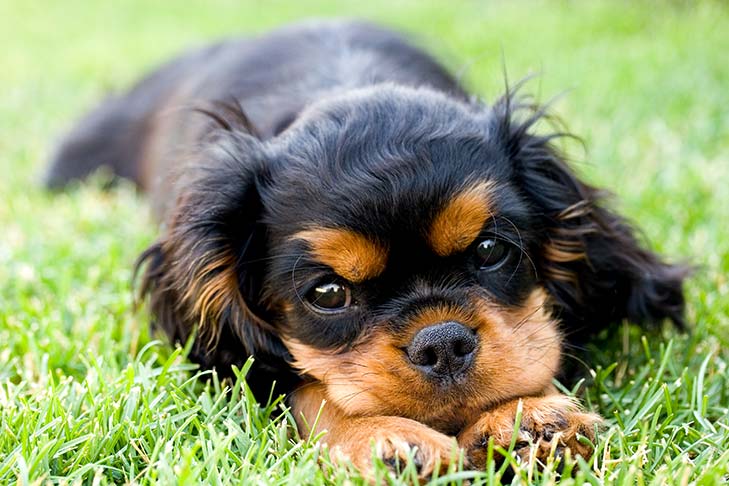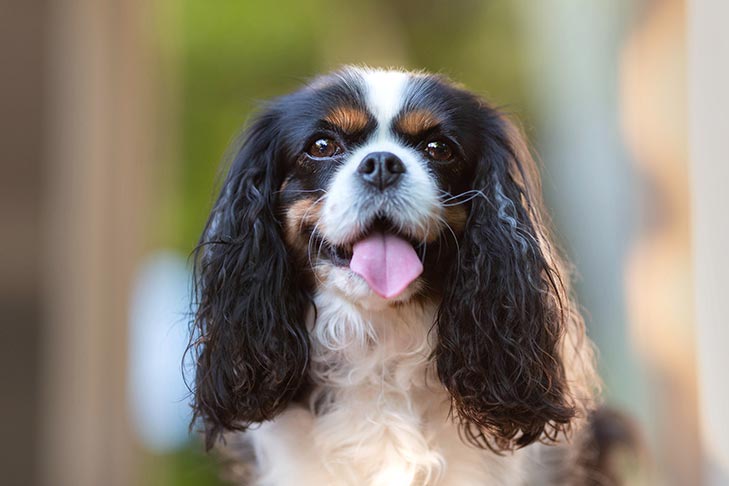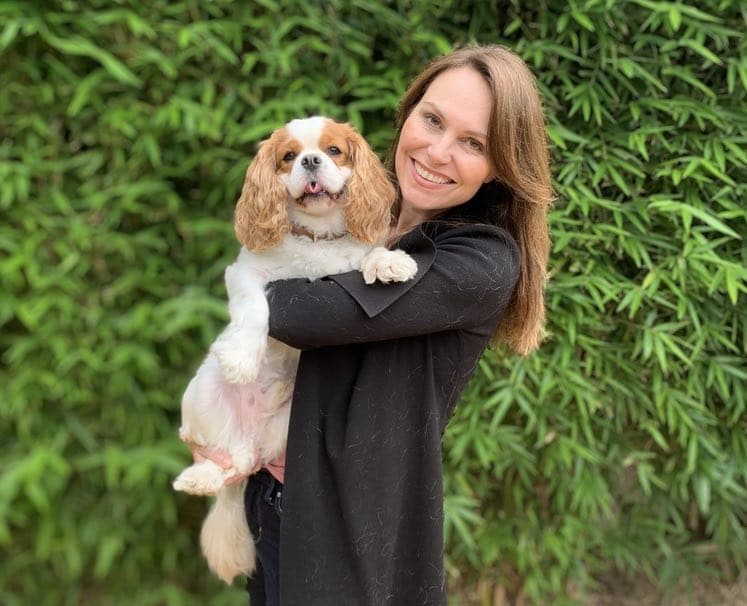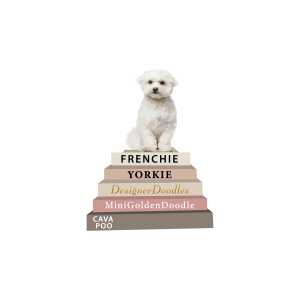About Cavalier King Charles

GROOMING
The Cavalier’s lustrous, silky coat requires little more than regular brushing and an occasional bath to keep him in beautiful condition. Brushing not only helps to keep the coat shiny and tangle-free but also serves as a full-body massage that the dog enjoys. grooming sessions enhance the dog-owner bond and provide an opportunity to inspect the dog’s whole body for any new or unusual bumps or other issues. The ears should be checked weekly for signs of infection, and the nails should be trimmed at least once a month, as overgrown nails can cause pain and structural problems.

EXCERCISE
Although the Cavalier was bred to be a beloved lap dog, he is descended from sporting dogs and does enjoy moderate exercise and outdoor activities. He will happily go on walks with his owner and also performs well in a number of canine sports, but he’s just as glad to stay on the sofa all day. Cavaliers should not be allowed off leash because they retain scenting and hunting instincts, and they may not come when called if they’ve found an interesting trail to follow or a creature to pursue. A fenced yard is recommended.
History
Toy spaniels were the province of European nobility from at least Renaissance times. Two 17th-century British monarchs, the ill-fated King Charles I and his son Charles II, were especially devoted to a black and tan variety of toy spaniel that eventually was named in the latter’s honor. According to the famed diarist of the Restoration era, Samuel Pepys, Charles II seemed more concerned with breeding spaniels than ruling Britain.
Toy spaniels remained a great favorite of British aristocrats into the early 19th century. Among their upper-crust partisans of this era was the Marlborough family, who bred a line of red-and-whites at Blenheim Palace. Later in the century, in the age of Victoria, the breed was crossed with Asian toys, probably Pugs and Japanese Chin, and became what is known in America as the English Toy Spaniel (or, in the United Kingdom, the King Charles Spaniel).
This new-style toy spaniel had a domed skull and a flatter face than those of Charles’s time. Before long, this type came to dominate, and the traditional toy spaniel of the Restoration was rendered nearly extinct—but not forgotten.
Fanciers of the 1920s wondered whether there still existed the old-type toy spaniel immortalized in ancestor portraits hanging in the stately halls of English manors. A wealthy American named Roswell Eldridge offered a cash prize to British breeders who could produce “Bleinheim Spaniels of the Old World type.” The prospect of prize money drove breeders to revive the old style. These dogs were dubbed Cavalier King Charles Spaniels. (The name Cavalier is a nod to the monarchist party that supported the Stuarts during the civil war that cost Charles I his head.)
The breed is notable for its four distinct color patterns, each of which, at various times, was associated with a particular noble family: Blenheim (chestnut markings on a white background), Tricolor (black markings on a white background), Black and Tan (black with tan markings), and Ruby (a rich red).

TRAINING
The Cavalier is a sweet, gentle, and affectionate breed, very eager to please their human. They are friendly with strangers and with other animals, and they can do very well with children. They are smart and train easily, and Cavaliers excel in a number of canine sports including obedience, rally, and agility. With their sweet nature they also make fantastic therapy dogs. As with all breeds, early socialization and puppy training classes will help the young Cavalier to learn good manners and be comfortable with a wide variety of people and situations.
NUTRITION
The Cavalier should be fed a high-quality dog food appropriate to the dog’s age (puppy, adult, or senior). Some Cavaliers are prone to getting overweight, so watch your dog’s calorie consumption and weight level. If you choose to give your dog treats, do so in moderation. Treats can be an important aid in training, but giving too many can cause obesity. Give table scraps sparingly, if at all, especially avoiding cooked bones and foods with high fat content. Learn about which human foods are safe for dogs, and which are not. Check with your vet if you have any concerns about your dog’s weight or diet.

